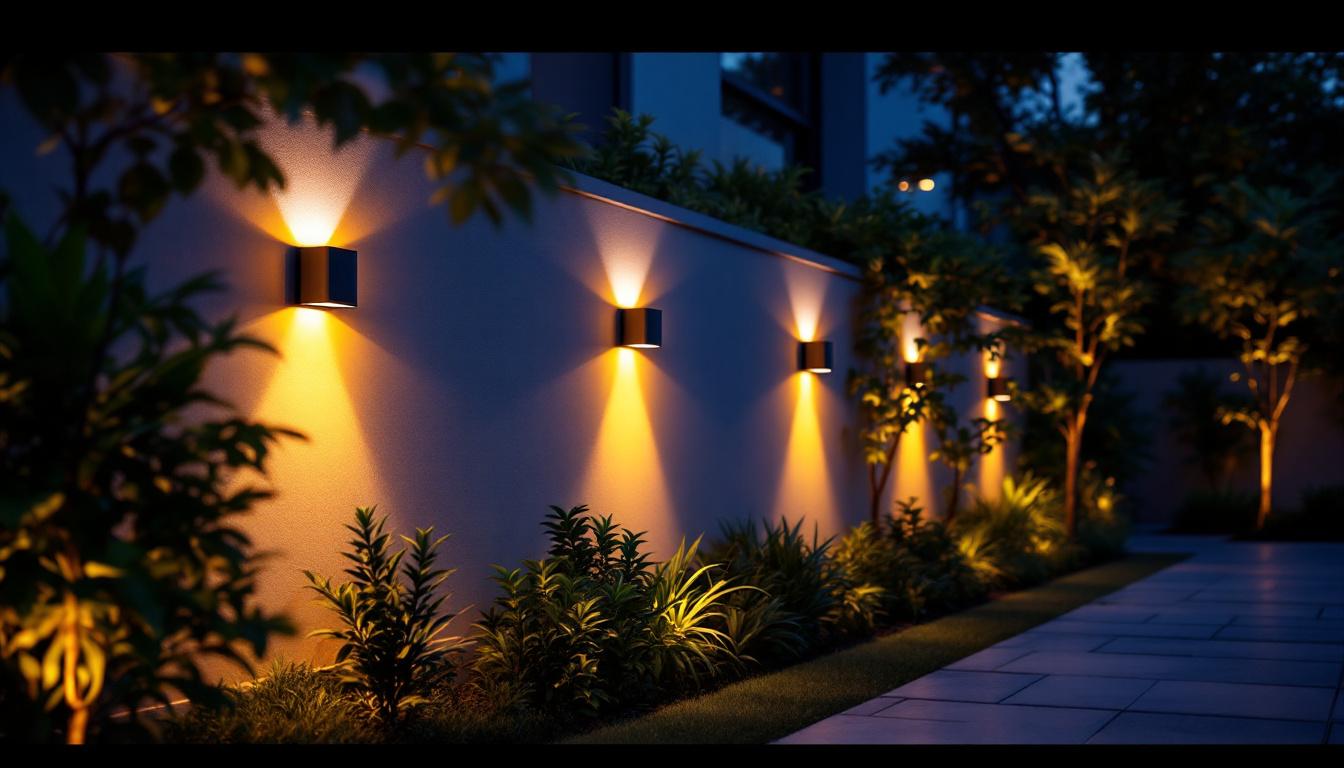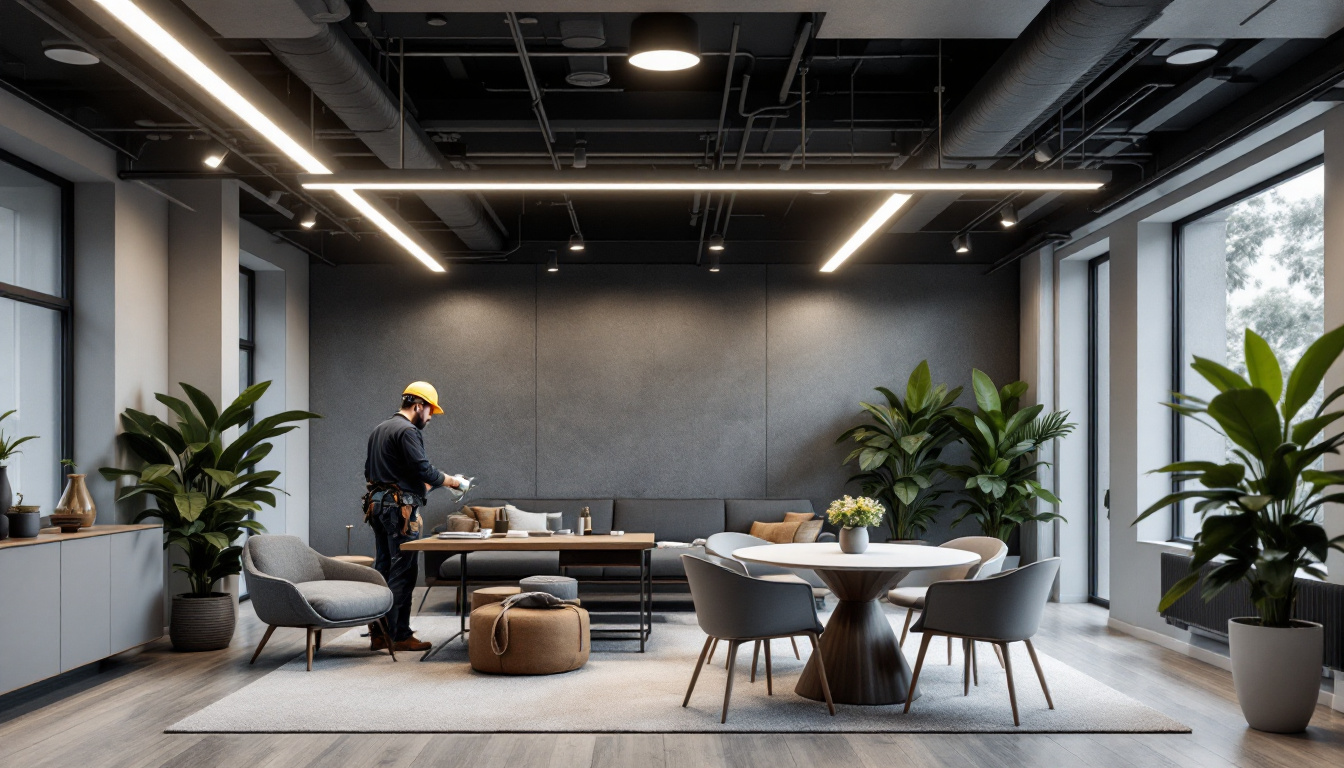
In the ever-evolving world of lighting design and installation, contractors face a myriad of challenges and opportunities. Whether working on residential, commercial, or industrial projects, understanding the nuances of lighting can significantly impact both the quality of work and customer satisfaction. This article provides valuable insights and practical advice tailored specifically for lighting contractors.
Before diving into complex installations, it is essential for lighting contractors to grasp the fundamental principles of lighting design. This knowledge not only enhances the aesthetic appeal of a space but also ensures functionality and energy efficiency. A well-designed lighting scheme can transform a mundane area into a vibrant environment, influencing the mood and behavior of its occupants. Therefore, understanding the interplay of light and space is crucial for any successful project.
Lighting can be broadly categorized into three types: ambient, task, and accent lighting. Ambient lighting provides overall illumination, task lighting focuses on specific areas for activities, and accent lighting highlights particular features or decor. A successful lighting design often incorporates all three types to create a balanced and inviting environment. For instance, in a kitchen, ambient lighting can come from ceiling fixtures, task lighting can be provided by under-cabinet lights, and accent lighting might include decorative pendants or spotlights that draw attention to artwork or architectural details. This layered approach not only enhances functionality but also adds depth and character to the space.
Color temperature, measured in Kelvins (K), plays a crucial role in setting the mood of a space. Warmer tones (2700K to 3000K) create a cozy atmosphere, making them ideal for residential settings. Conversely, cooler tones (4000K to 5000K) are more suitable for workspaces, promoting alertness and focus. Understanding how to select the appropriate color temperature can greatly enhance the effectiveness of a lighting design. Additionally, the use of dimmable LED bulbs can provide flexibility, allowing occupants to adjust the light intensity according to the time of day or the activity at hand. This adaptability not only contributes to energy savings but also enhances the overall user experience, making spaces feel more personalized and comfortable.
The lighting industry is rapidly advancing, with new technologies emerging regularly. Staying informed about the latest trends and innovations is vital for contractors looking to provide top-notch services. As the market evolves, understanding these changes can help contractors not only enhance their offerings but also build stronger relationships with clients who are increasingly aware of the benefits of modern lighting solutions.
smart lighting systems have revolutionized the way spaces are illuminated. These systems allow for remote control, scheduling, and integration with other smart home devices. Contractors should familiarize themselves with various smart lighting products and their installation processes to meet the growing demand for these solutions. Additionally, many smart lighting systems offer customizable features, such as color temperature adjustments and mood settings, which can significantly enhance the ambiance of a room. Understanding how to leverage these features can set a contractor apart in a competitive market, enabling them to provide tailored solutions that meet individual client needs.
With an increasing focus on sustainability, energy-efficient lighting solutions have become paramount. LED technology, for example, not only consumes less energy but also boasts a longer lifespan compared to traditional incandescent bulbs. Contractors should advocate for energy-efficient options to clients, highlighting the long-term savings and environmental benefits. Furthermore, the rise of solar-powered lighting options presents an exciting opportunity for contractors to offer innovative solutions that harness renewable energy. By educating clients on the advantages of solar lighting, including reduced electricity bills and minimal environmental impact, contractors can position themselves as leaders in sustainable practices within the lighting industry. As consumers become more eco-conscious, integrating these options into service offerings can lead to increased customer satisfaction and loyalty.
Clear and effective communication is essential for successful project execution. Understanding client needs and expectations can lead to more satisfactory outcomes and foster long-term relationships. It is not just about exchanging information; it is about building trust and ensuring that both parties are aligned in their goals and objectives. When clients feel heard and understood, they are more likely to engage positively throughout the project lifecycle.
Before starting any project, it is crucial to conduct a comprehensive consultation with clients. This process involves discussing their vision, budget, and any specific requirements they may have. By actively listening and asking pertinent questions, contractors can tailor their proposals to align with client expectations. Additionally, it is beneficial to encourage clients to share any past experiences—positive or negative—that may influence their current project. This insight can provide valuable context and help avoid potential pitfalls, ensuring a smoother workflow.
Once the consultation is complete, providing a detailed proposal is the next step. This document should outline the project scope, timelines, costs, and any warranties or guarantees. A well-structured proposal not only instills confidence in clients but also serves as a reference point throughout the project. Including visual elements, such as charts or timelines, can enhance understanding and engagement. Furthermore, it is wise to incorporate a section that addresses potential challenges and how they will be managed. This proactive approach demonstrates professionalism and reassures clients that you are prepared for any obstacles that may arise during the project.
Maintaining open lines of communication throughout the project is vital. Regular updates not only keep clients informed but also allow for adjustments to be made in real-time. Establishing feedback loops where clients can voice their thoughts on progress or changes ensures that their vision remains at the forefront. This ongoing dialogue can significantly enhance the client experience, as it fosters a sense of collaboration and partnership. Additionally, utilizing project management tools can streamline this process, making it easier for clients to track progress and provide input.
Effective project management is crucial for ensuring that lighting installations are completed on time and within budget. Implementing best practices can streamline processes and enhance overall efficiency.
Establishing realistic timelines is essential for managing client expectations. Contractors should consider potential challenges, such as supply chain delays or unforeseen site conditions, when creating project schedules. Regularly updating clients on progress can also help maintain transparency and trust.
In today’s digital age, numerous project management tools are available to assist contractors in organizing tasks, tracking progress, and communicating with team members. Utilizing these tools can enhance collaboration and ensure that everyone is on the same page throughout the project lifecycle.
Safety should always be a top priority for lighting contractors. Adhering to safety regulations and industry standards not only protects workers but also ensures the integrity of the installation.
Each region has specific codes and regulations governing electrical installations. Contractors must familiarize themselves with these requirements to avoid legal issues and ensure compliance. This knowledge can also help in advising clients on best practices and potential upgrades.
Establishing and enforcing safety protocols on job sites is essential. This includes providing proper training for workers, ensuring the use of personal protective equipment (PPE), and conducting regular safety audits. A strong safety culture not only protects workers but also enhances the contractor’s reputation.
Networking is a powerful tool for lighting contractors. Building relationships with suppliers, other contractors, and industry professionals can open doors to new opportunities and resources.
Becoming a member of professional organizations related to lighting and electrical work can provide valuable resources, training opportunities, and networking events. These organizations often host workshops, conferences, and seminars that can help contractors stay informed about industry trends and best practices.
Collaboration with architects, interior designers, and electricians can lead to more comprehensive project outcomes. By working together, contractors can ensure that lighting designs are seamlessly integrated into the overall project, enhancing both functionality and aesthetics.
In a competitive market, effective marketing strategies are crucial for attracting new clients and retaining existing ones. Understanding how to promote services can significantly impact business growth.
In today’s digital age, having a strong online presence is essential. Contractors should invest in a professional website showcasing their portfolio, services, and client testimonials. Additionally, leveraging social media platforms can help reach a broader audience and engage with potential clients.
Optimizing online content for local search engines can enhance visibility for contractors. This involves using relevant keywords, creating location-specific content, and ensuring that business listings are accurate and up-to-date. Local SEO can drive more traffic to a contractor’s website and increase inquiries from nearby clients.
The lighting industry is constantly changing, making ongoing education vital for contractors. Staying updated on new technologies, design trends, and safety practices can enhance skills and improve service offerings.
Attending workshops and seminars can provide valuable insights and practical knowledge. These events often feature industry experts who share the latest trends and innovations. Engaging in such learning opportunities can help contractors stay ahead in a competitive market.
Many organizations offer online courses and certifications in lighting design and installation. These programs can be a convenient way for contractors to expand their knowledge and credentials, making them more attractive to potential clients.
Lighting contractors play a vital role in shaping the environments we inhabit. By understanding the fundamentals of lighting design, staying updated with technology, communicating effectively with clients, and implementing best practices in project management, contractors can enhance their services and ensure successful outcomes. Building a strong network and investing in marketing strategies will further bolster their business, while continuous education will keep them at the forefront of the industry. By embracing these principles, lighting contractors can thrive in a competitive landscape and deliver exceptional value to their clients.
As a lighting contractor committed to excellence, you understand the importance of quality and value in every aspect of your work. At LumenWholesale, we share your dedication to outstanding results. Our spec-grade lighting products not only meet but exceed industry standards, ensuring that your projects shine with reliability and performance. Say goodbye to inflated markups and hello to unbeatable wholesale prices, free shipping, and the convenience you deserve. Elevate your lighting game and give your clients the best by choosing Wholesale Lighting at the Best Value with LumenWholesale.

Discover the benefits of wall mount outdoor lights and how they can enhance energy efficiency in your home.

Discover how external solar-powered wall lights can revolutionize your lighting projects and help you secure more contracts.

Discover how Lotus Led is revolutionizing the lighting industry with innovative smart solutions.

Discover the essential role of ballasts in lighting systems with our comprehensive guide tailored for lighting contractors.